
A hard hat is a type of helmet predominantly used in workplace environments such as industrial or construction sites to protect the head from injury due to falling objects, impact with other objects, debris, rain, and electric shock. Suspension bands inside the helmet spread the helmet's weight and the force of any impact over the top of the head. A suspension also provides space of approximately 30 mm between the helmet's shell and the wearer's head, so that if an object strikes the shell, the impact is less likely to be transmitted directly to the skull. Some helmet shells have a mid-line reinforcement ridge to improve impact resistance. The rock climbing helmet fulfills a very similar role in a different context and has a very similar design.

A turban is a type of headwear based on cloth winding. Featuring many variations, it is worn as customary headwear by people of various cultures. Communities with prominent turban-wearing traditions can be found in the Indian subcontinent, Southeast Asia, the Middle East, the Balkans, the Caucasus, Central Asia, North Africa, West Africa, East Africa, and amongst some Turkic peoples in Russia.

A kippah, yarmulke, yamaka, bullcap, or koppel is a brimless cap, usually made of cloth, traditionally worn by Jewish males to fulfill the customary requirement that the head be covered. It is worn by all men in Orthodox Jewish communities during prayers and by most Orthodox Jewish men at all other times. Among non-Orthodox Jewish communities, some who wear them do so at all times, while others wear them only during prayer, while attending a synagogue, or in other ceremonies.

A top hat is a tall, flat-crowned hat traditionally associated with formal wear in Western dress codes, meaning white tie, morning dress, or frock coat. Traditionally made of black silk or sometimes grey, the top hat emerged in Western fashion by the end of the 18th century. Although it declined by the time of the counterculture of the 1960s, it remains a formal fashion accessory. A collapsible variant of a top hat, developed in the 19th century, is known as an opera hat.
In New Zealand, the United States, the United Kingdom, and elsewhere, a beanie is a head-hugging brimless cap, sometimes made from triangular panels of material joined by a button at the crown and seamed together around the sides. Beanies may be made of cloth, felt, wool, leather, or silk. In many US regions and parts of Canada the term "beanie" refers to a knitted cap, alternately called a "stocking cap" or a "toque".
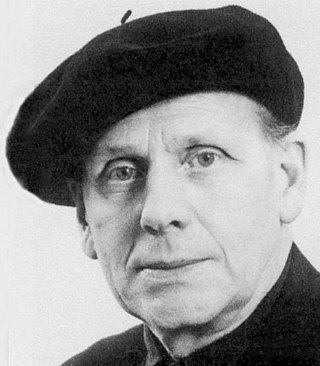
A beret is a soft, round, flat-crowned cap, usually of woven, hand-knitted wool, crocheted cotton, wool felt, or acrylic fibre.

The zucchetto or solideo, officially a pileolus, is a small, hemispherical, form-fitting ecclesiastical skullcap worn by clerics of various Catholic Churches, the Syriac Orthodox Church, and by senior clergy in Anglicanism.
A white hat is an ethical security hacker. Ethical hacking is a term meant to imply a broader category than just penetration testing. Under the owner's consent, white-hat hackers aim to identify any vulnerabilities or security issues the current system has. The white hat is contrasted with the black hat, a malicious hacker; this definitional dichotomy comes from Western films, where heroic and antagonistic cowboys might traditionally wear a white and a black hat, respectively. There is a third kind of hacker known as a grey hat who hacks with good intentions but at times without permission.
A grey hat is a computer hacker or computer security expert who may sometimes violate laws or typical ethical standards, but usually does not have the malicious intent typical of a black hat hacker.
A black hat is a computer hacker who violates laws or ethical standards for nefarious purposes, such as cybercrime, cyberwarfare, or malice. These acts can range from piracy to identity theft. A Black hat is often referred to as a "cracker".
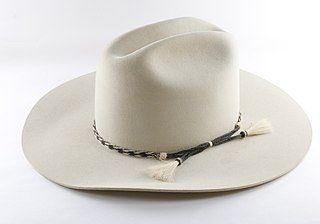
The cowboy hat is a high-crowned, wide-brimmed hat best known as the defining piece of attire for the North American cowboy. Today it is worn by many people, and is particularly associated with ranch workers in the western and southern United States, western Canada and northern Mexico, with many country, regional Mexican and sertanejo music performers, and with participants in the North American rodeo circuit. It is recognized around the world as part of Old West apparel.

Morning dress, also known as formal day dress, is the formal Western dress code for day attire, consisting chiefly of, for men, a morning coat, waistcoat, and formal trousers, and an appropriate gown for women. Men may also wear a popular variant where all parts are the same colour and material, often grey and usually called "morning suit" or "morning grey" to distinguish it; considered properly appropriate only to festive functions such as summer weddings and horse races, which consequently makes it slightly less formal. The correct hat would be a formal top hat, or if on less spacious audience settings optionally a collapsible equivalent opera hat.
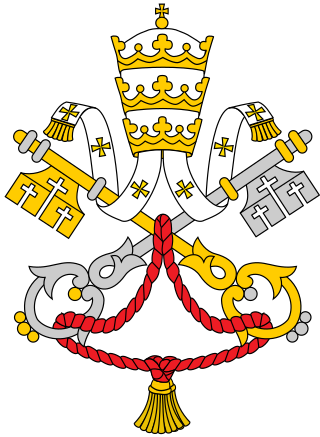
Papal regalia and insignia are the official items of attire and decoration proper to the Pope in his capacity as the visible head of the Catholic Church and sovereign of the Vatican City State.
Clerical clothing is non-liturgical clothing worn exclusively by clergy. It is distinct from vestments in that it is not reserved specifically for use in the liturgy. Practices vary: clerical clothing is sometimes worn under vestments, and sometimes as the everyday clothing or street wear of a priest, minister, or other clergy member. Eastern Orthodox clerical clothing is a subset of a monk's habit.

A kalimavkion, kalymmavchi (καλυμμαύχι), or, by metathesis of the word's internal syllables, kamilavka, is a clerical headdress worn by Orthodox Christian and Eastern Catholic monks or awarded to clergy. An approximate equivalent in the Latin Church is the biretta.
A security hacker is someone who explores methods for breaching defenses and exploiting weaknesses in a computer system or network. Hackers may be motivated by a multitude of reasons, such as profit, protest, information gathering, challenge, recreation, or evaluation of a system weaknesses to assist in formulating defenses against potential hackers.
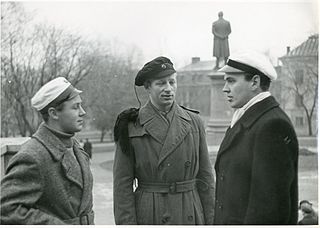
In various European countries, student caps of different types are, or have been, worn either as a marker of a common identity, as is the case in the Nordic countries, or to identify the wearer as a member of a smaller body within the larger group of students, as is the case with the caps worn by members of German Studentenverbindungen, or student groups in Belgium.
The uniforms of the United States Army distinguish soldiers from other service members. U.S. Army uniform designs have historically been influenced by British and French military traditions, as well as contemporary U.S. civilian fashion trends. The two primary uniforms of the modern U.S. Army are the Army Combat Uniform, used in operational environments, and the Army Green Service Uniform, worn during everyday professional wear and during formal and ceremonial occasions that do not warrant the wear of the more formal blue service uniform.
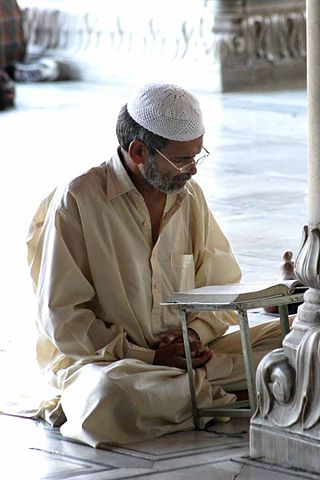
The Taqiyah, also known as tagiyah or araqchin, is a short, rounded skullcap worn by Muslim men. In the United States and the United Kingdom, it is also referred to as a "kufi", although the Kufi typically has more of an African connotation. Aside from being an adornment, the taqiyah has deeply ingrained significance in Islamic culture, reflecting the wearer's faith, devotion, and sometimes regional identity. While the taqiyah is deeply rooted in Muslim traditions, its use varies based on cultural context rather than strict religious guidelines.

In American films of the Western genre between the 1920s and the 1940s, white hats were often worn by heroes and black hats by villains to symbolize the contrast in good versus evil. The 1903 short film The Great Train Robbery was the first to apply this convention. Two exceptions to the convention were portrayals by William Boyd, who wore dark clothing as Hopalong Cassidy, and Robert Taylor's portrayal in the film The Law and Jake Wade (1958).












